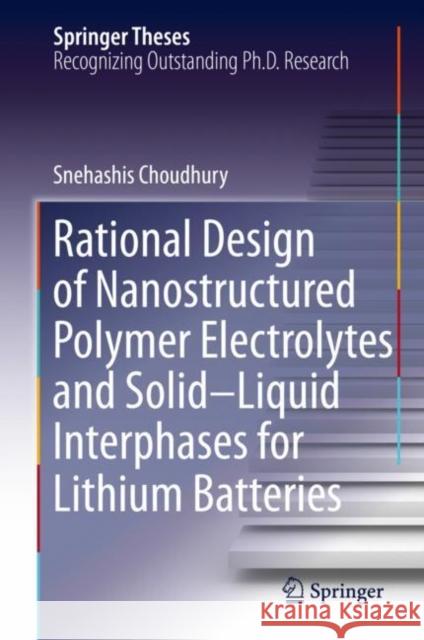Rational Design of Nanostructured Polymer Electrolytes and Solid-Liquid Interphases for Lithium Batteries » książka
topmenu
Rational Design of Nanostructured Polymer Electrolytes and Solid-Liquid Interphases for Lithium Batteries
ISBN-13: 9783030289423 / Angielski / Twarda / 2019 / 230 str.
Rational Design of Nanostructured Polymer Electrolytes and Solid-Liquid Interphases for Lithium Batteries
ISBN-13: 9783030289423 / Angielski / Twarda / 2019 / 230 str.
cena 605,23 zł
(netto: 576,41 VAT: 5%)
Najniższa cena z 30 dni: 578,30 zł
(netto: 576,41 VAT: 5%)
Najniższa cena z 30 dni: 578,30 zł
Termin realizacji zamówienia:
ok. 22 dni roboczych
Bez gwarancji dostawy przed świętami
ok. 22 dni roboczych
Bez gwarancji dostawy przed świętami
Darmowa dostawa!
Kategorie:
Kategorie BISAC:
Wydawca:
Springer
Seria wydawnicza:
Język:
Angielski
ISBN-13:
9783030289423
Rok wydania:
2019
Dostępne języki:
Numer serii:
000416125
Ilość stron:
230
Waga:
0.52 kg
Wymiary:
23.39 x 15.6 x 1.6
Oprawa:
Twarda
Dodatkowe informacje:
Wydanie ilustrowane











